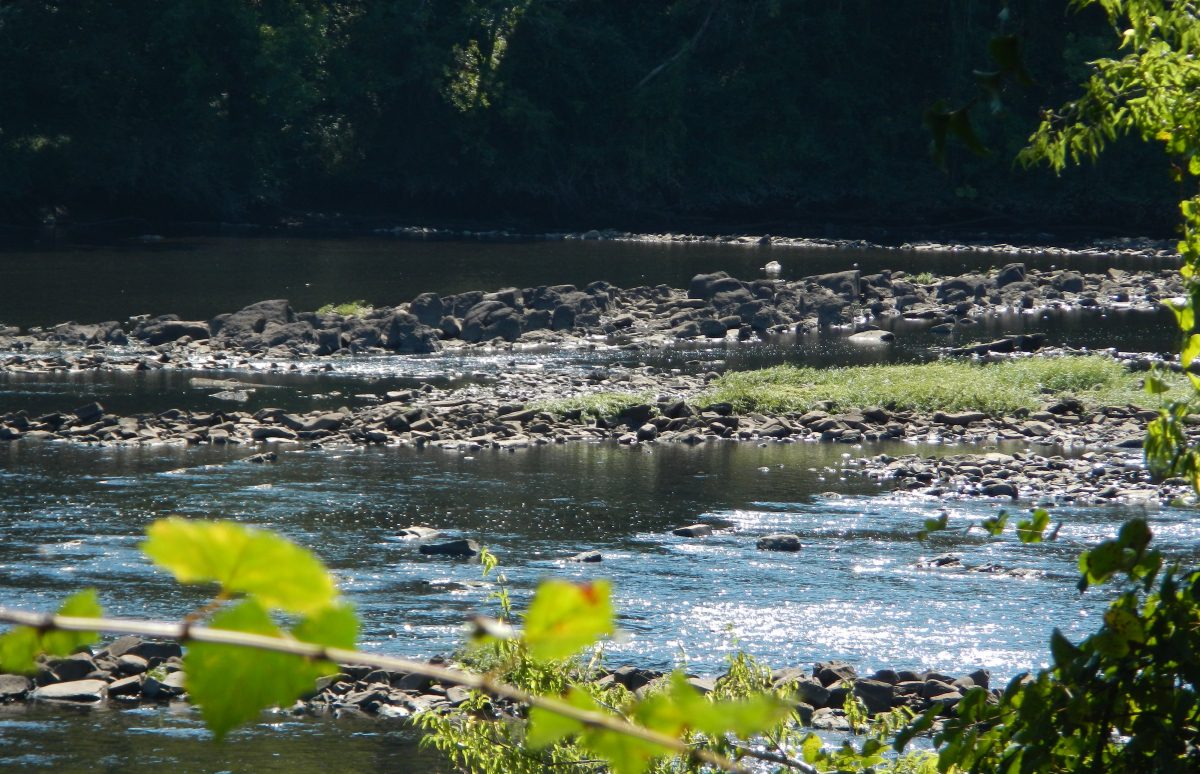State tax credit ending, land trusts see flurry of preservation efforts

The approaching holidays make it a busy time in many offices, but for Kevin Redding’s small staff, this year it’s unusually hectic.
That’s because the Piedmont Land Conservancy, where Redding is executive director, is scrambling to close a pile of land-preservation deals before the end of the year. The same is true at other regional land trusts, too. The conservancies say they are facing a flood of requests for preservation because property owners are racing to beat the expiration of the N.C. conservation tax credit – a credit which for years made it more economical for owners to preserve their land.
“Our project work load is very, very high until the end of the year,” said Redding, who has four full-time employees and five part-time, just three of whom are able to work on land deals. “We have seven projects left to close, which is normally almost an entire year’s worth to do.”
The conservancy, which serves nine northern Piedmont counties from its headquarters in Greensboro, is wrapping up some projects it’s pursued for years. “If it were not for the tax credit expiring, they might have put their project out a year or two,” Redding said of some of the landowners.
It’s the same story at Catawba Lands Conservancy in Mecklenburg County where, as executive director Tom Okel put it, “People are chasing the expiration of the tax credit.”
“We’re limited by our capacity to get projects done, and we’re at full capacity now,” said Okel. “We’ll have a record year this year. We’ve already preserved over 1,400 acres and have projects lined up [for as much as] 2,000 acres, which for us is a lot.”
The state conservation tax credit has allowed property owners preserving their land through a gift or easement to credit against their taxes the difference between what their land would be worth if developed and what it would be worth left preserved – up to $250,000 for individuals and $500,000 for married couples or corporations. Since the conservation program’s inception in 1983, some 238,000 acres have been certified by the N.C. Department of Environment and Natural Resources as permanently protected.
But this year, the state legislature repealed the tax credit effective Dec. 31, part of a larger package of tax changes. Regional conservancies said it’s not as though landowners preserved their land from development solely because of the credit. But if it was a close decision, having that tax relief was a key incentive.
Incentive helped ‘on the margin’
The credit’s expiration “is going to hurt us on the margin,” said Okel. He said about one-third of the projects the CLC has worked on involved the incentive.
One of the most recent: The Fork Farm and Stables in Stanly County, more than 1,300 acres of “beautiful, magnificent land,” Okel said. The farm and outdoor event facility at the confluence of the Pee Dee and Rocky Rivers “is a huge save for us,” he said, and an easement deal that needed to be completed before the tax credits expired.
 The Salisbury-based LandTrust for Central North Carolina has experienced more than twice the volume of preservation deals than last year, including projects involving landowners who have been “sitting on the fence awhile,” said executive director Jason Walser. Walser described some of the places whose preservation deals are pending, among them farmland within a large, already conserved farm tract, property adjacent to a creek and a large swath of open space next to a college.
The Salisbury-based LandTrust for Central North Carolina has experienced more than twice the volume of preservation deals than last year, including projects involving landowners who have been “sitting on the fence awhile,” said executive director Jason Walser. Walser described some of the places whose preservation deals are pending, among them farmland within a large, already conserved farm tract, property adjacent to a creek and a large swath of open space next to a college.
At the Davidson Lands Conservancy in northern Mecklenburg County, the tax credit’s imminent end helped spur a deal that will protect a 25-acre parcel, “a real special piece,” said Roy Alexander, the conservancy’s executive director.
The property “has the largest population of pink lady slippers on it anywhere in this region, probably more than any counties, at least in the Piedmont, have in total,” Alexander said. One of the largest orchids in the Carolinas, the native pink lady slipper is exceptionally particular about where it grows, requiring the presence of an underground fungus to flourish, so protecting a large colony is critical.
One tool in the box, now gone
Protecting such unique places, Alexander said, often has involved both the conservation tax credit as well as help with deal transaction costs, provided through grants from the Conservation Trust for North Carolina.
Grants from the nonprofit CTNC help pay for appraisals, attorney’s fees and other costs – which can run into the tens of thousands of dollars. Those costs may be what prevent a landowner from putting a land into easement. Such tools, which include the still-remaining federal tax deduction for conservation easements, will become increasingly important as the state tax credit goes away, experts said.
Meanwhile, workers in the state offices that certify properties as tax credit-worthy are scrambling to respond to all the requests from property owners and conservancies. “We are working as hard and fast as we can,” said Scott Pohlman, director of the conservation incentives program with N.C. DENR. “I’ve been on the phone all day.”
Once landowners have a green light from Pohlman’s program and the easement is granted, they have until April 15, 2014, to file for the credit.
Meanwhile, land trusts say they expect the volume of land-protection deals to taper off after the expiration deadline.
“We’ll continue to get easements,” Walser said, “but I know for a fact there will be fewer easements than this year.”
Okel said he and others in the land trust community hope the conservation tax credit is eventually restored. Taking away the credit, he said, is “a huge negative directionally for our state.”
Redding, of the Piedmont Land Conservancy, agrees.
“We have 50, 75 years to protect what makes the Piedmont special,” Redding said. “We have a number of different tools to do that, and without this tax credit we have one less tool.”
Amber Veverka is a free-lance journalist in Charlotte and author of the Backyard & Beyond blog.